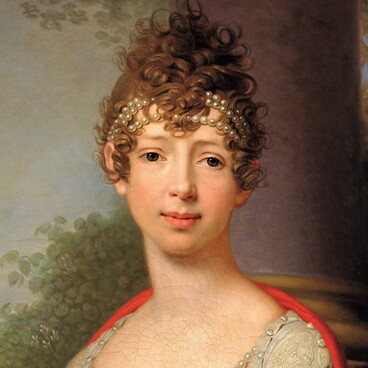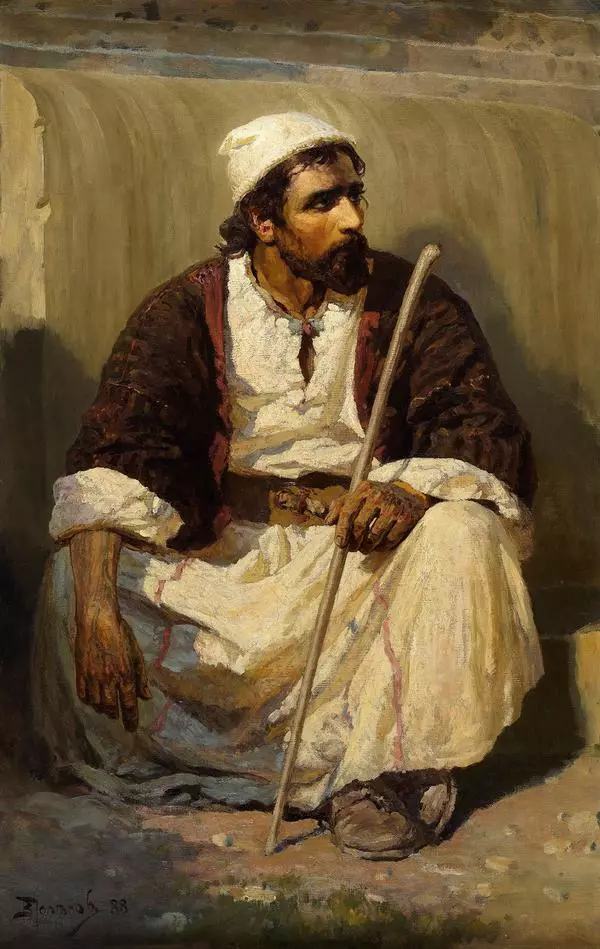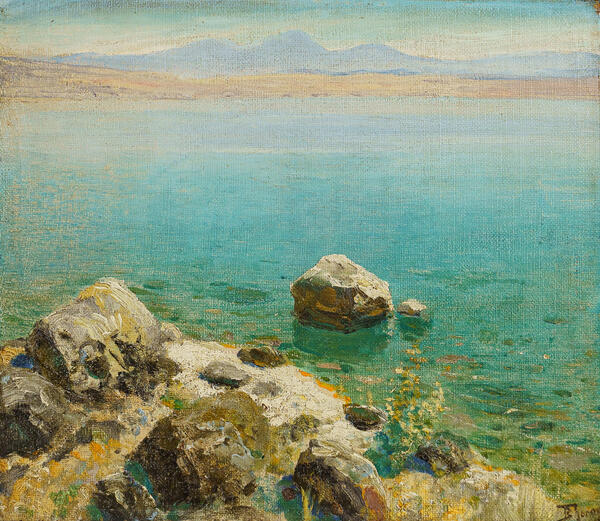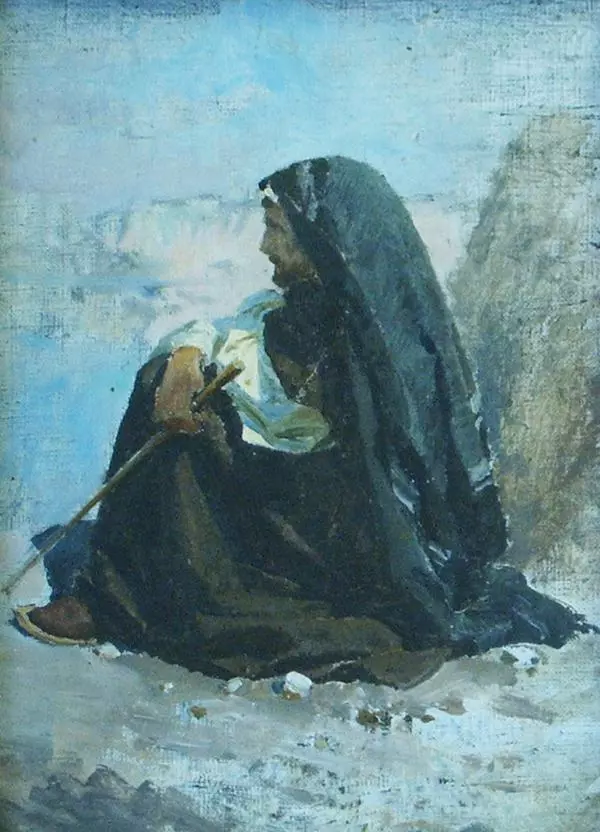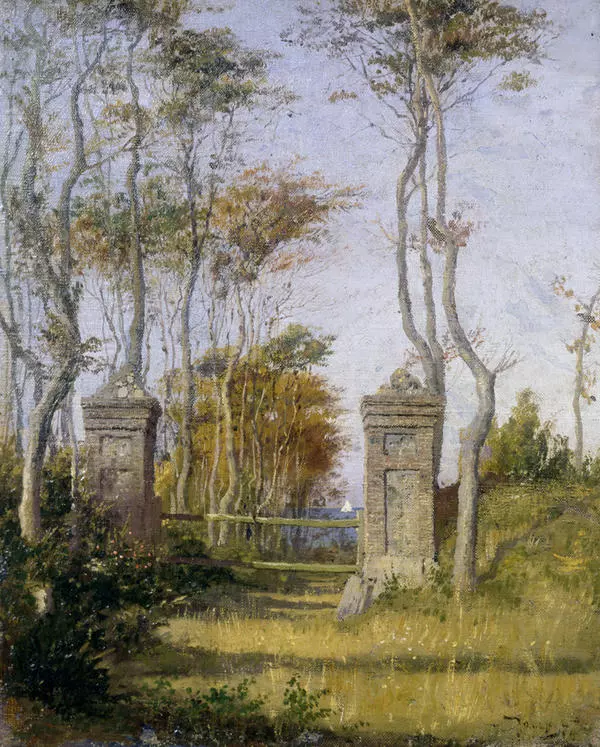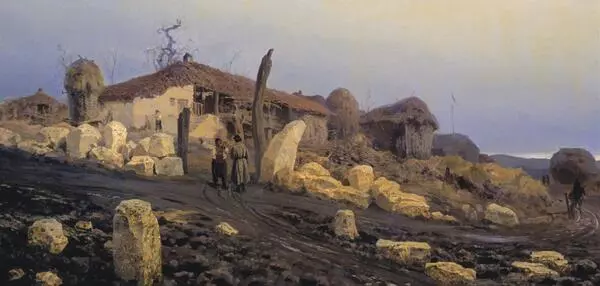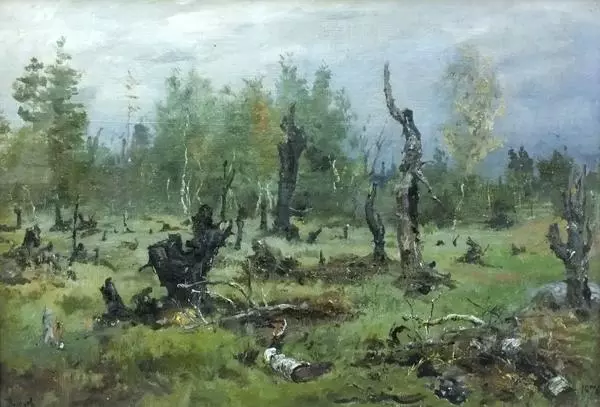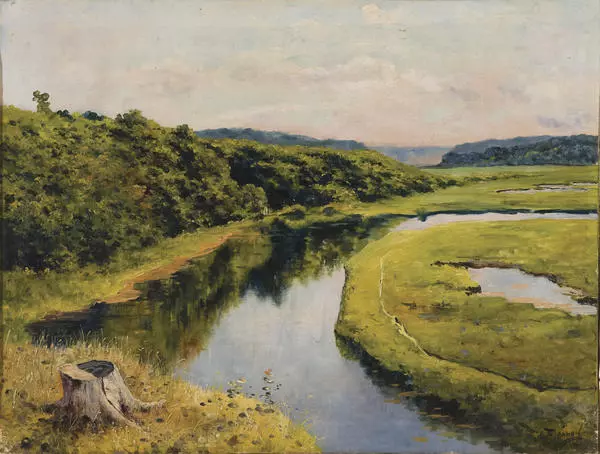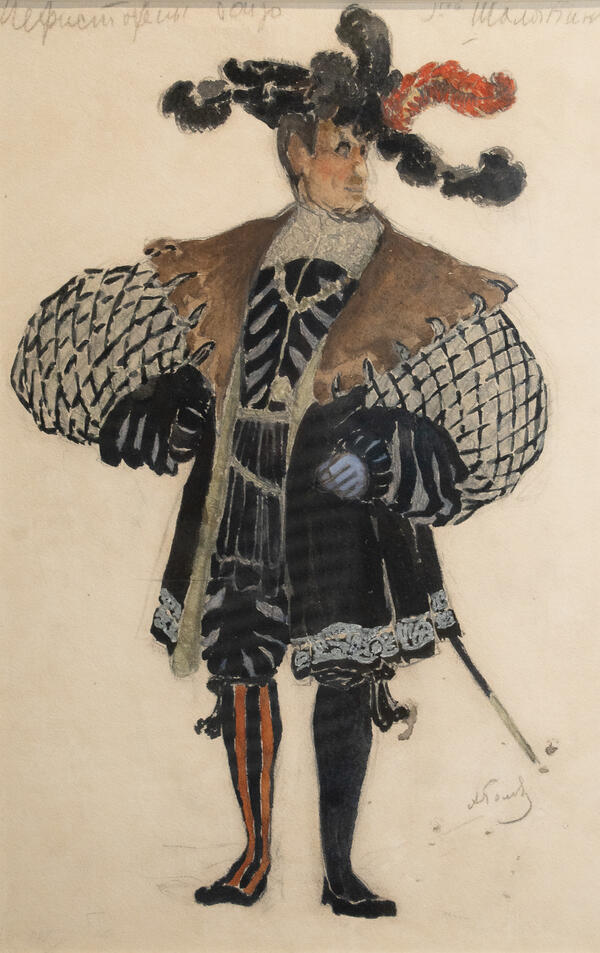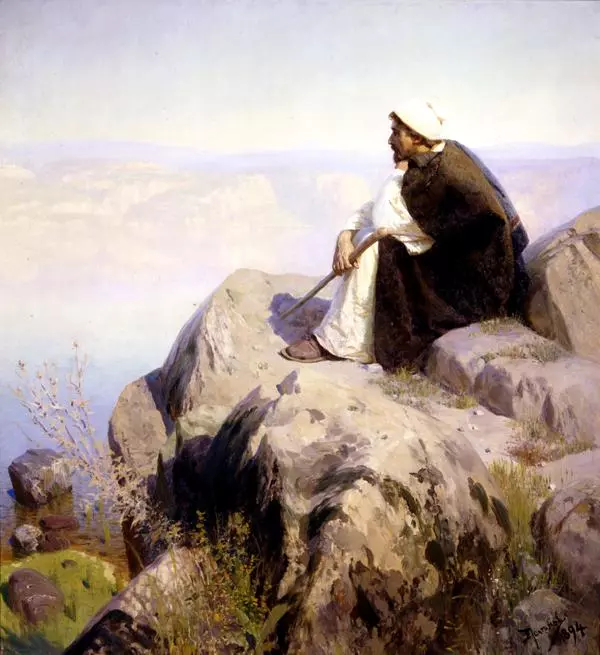Vasily Polenov was born in St. Petersburg in a noble family in 1844. His father was a diplomat and was interested in archeology and bibliography. The artist’s mother gave Polenov his first painting lessons; she was a children’s writer and artist.
In the fall of 1871, Polenov graduated from the Imperial Academy of Arts with the Great Gold Medal and was granted the right to travel across Europe for a period of 6 years at the expense of the Academy ‘for further improvement of his art’. Polenov went on a trip with Ilya Repin, another recipient of the Great Gold medal.
In the first years of his independent work, Polenov created landscapes only ‘for himself’, ‘for recreation’. However, close friends and colleagues of the artist highly praised these artworks. Hence, landscape became one of the main genres for Polenov. The artist admitted that it was through landscapes that he could most comprehensively convey ‘his thoughts and his feelings’.
Polenov was considered to be the creator of a new painting genre — the lyrical landscape, which was later developed by his student Isaac Levitan. During a trip across Russia, Polenov was impressed by the expanses of the Oka River in Central Russia, and for several years kept returning to his favorite places. The idea of building a house in this area did not desert him, and in 1890 the artist purchased a small estate in the Tula Governorate, on a high bank, overlooking the Oka River. There he designed and built his own house. The estate was named ‘Borok’ (in Russian means ‘small pine forest’) after a rare young forest located nearby. Nowadays, the estate houses a museum-reserve, which is dedicated to the life and work of Polenov.
In 1883, during one of his visits to the Tula Governorate, Polenov created the large-scale painting ‘Oka’. He depicted a wide view of the sloping eastern bank of the river, the smooth meander, the wooded opposite bank and distant mountains. Polenov created several repetitions of this composition. In the painting ‘Oka’ which is housed in the museum collection the master depicted the bank from a higher viewpoint.
In the fall of 1871, Polenov graduated from the Imperial Academy of Arts with the Great Gold Medal and was granted the right to travel across Europe for a period of 6 years at the expense of the Academy ‘for further improvement of his art’. Polenov went on a trip with Ilya Repin, another recipient of the Great Gold medal.
Parisian artists began to master the technique of painting in the open air — en plein air. Polenov became interested in landscape painting, and even in his first artworks his unique and thorough approach is evident: the accuracy of the composition, the precise clear drawing, the intensity of color.
In the first years of his independent work, Polenov created landscapes only ‘for himself’, ‘for recreation’. However, close friends and colleagues of the artist highly praised these artworks. Hence, landscape became one of the main genres for Polenov. The artist admitted that it was through landscapes that he could most comprehensively convey ‘his thoughts and his feelings’.
Polenov was considered to be the creator of a new painting genre — the lyrical landscape, which was later developed by his student Isaac Levitan. During a trip across Russia, Polenov was impressed by the expanses of the Oka River in Central Russia, and for several years kept returning to his favorite places. The idea of building a house in this area did not desert him, and in 1890 the artist purchased a small estate in the Tula Governorate, on a high bank, overlooking the Oka River. There he designed and built his own house. The estate was named ‘Borok’ (in Russian means ‘small pine forest’) after a rare young forest located nearby. Nowadays, the estate houses a museum-reserve, which is dedicated to the life and work of Polenov.
In 1883, during one of his visits to the Tula Governorate, Polenov created the large-scale painting ‘Oka’. He depicted a wide view of the sloping eastern bank of the river, the smooth meander, the wooded opposite bank and distant mountains. Polenov created several repetitions of this composition. In the painting ‘Oka’ which is housed in the museum collection the master depicted the bank from a higher viewpoint.


